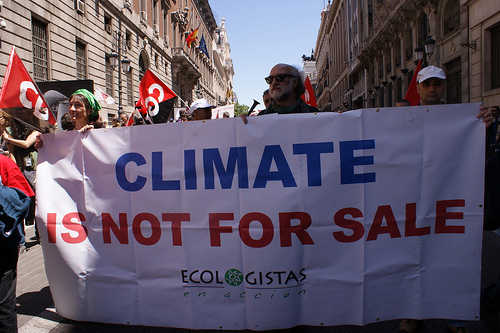
The EU climate policy after the climate package and Copenhague – promises and limits

In
This paper aims to provide a global assessment of the European Union’s climate change policy after the Climate Package and Copenhagen. In order to do so, the paper firstly describes the climate threats for Europe as well as the birth and objectives of the EU climate and energy package adopted in 2009. Then, the different components of this package are highlighted: the EU Emissions Trading Scheme (ETS), the obligations of the non-ETS sectors, the 20% renewable energy objective, the promotion of carbon capture and storage and the framework on environmental subsidies. Thirdly, the other EU climate policy legislations are examined, comprising: energy efficiency, the GHG emissions of cars, the GHG emissions of fuels, and the Strategic Energy Technology Plan (SET-Plan). Next, adaptation to climate change is discussed, before examining the international aspects of the EU actions after Copenhagen. As a way of conclusion, the paper assesses the EU climate policy throughout four main questions: What has the EU achieved until now? What will be the costs? What will be the impact on the European Union? And, is the EU action sufficient?
(Photo credit: transnationalinstitute, Flickr)